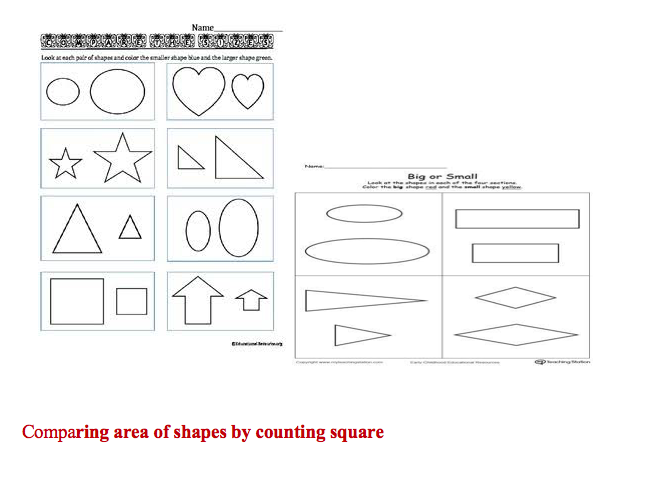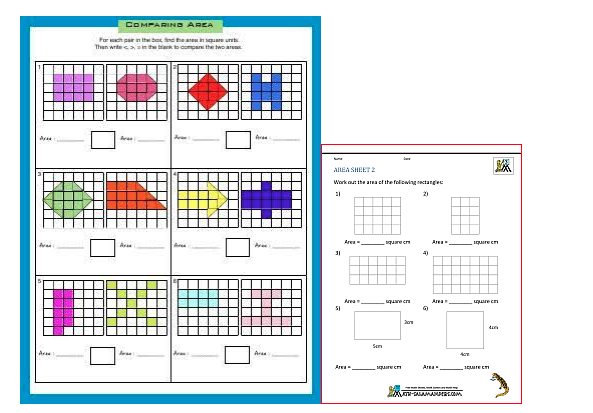Mathematics Lesson notes for primary 2 Third Term
ACCESS ALL LESSON NOTES
ACCESS ALL QUESTIONS AND ANSWERS
ACCESS ALL WORKSHEETS
ACCESS ALL JOBS ACCESS
ACCESS WAEC QUESTIONS AND ANSWERS
WEEK 1&2 a
Lesson Topic: Measurement of Time
Grade Level: Primary 2
Objectives:
Students will be able to identify the basic units of time (seconds, minutes, and hours).
Students will be able to tell time to the nearest hour using analog and digital clocks.
Students will be able to relate time to everyday activities.
Materials:
Analog and digital clocks
Analog clock
Procedure:
Introduction (5 minutes) Begin the lesson by asking the students if they know what time is and why it’s important. Discuss with them how time helps us organize our day and how it is used in everyday life.
Learning about the Units of Time (10 minutes) Introduce the three basic units of time: seconds, minutes, and hours. Explain to the students that seconds are the smallest unit of time, followed by minutes, and then hours. Use visual aids such as a clock face or a timeline to demonstrate the concept of time measurement.
Telling Time on Analog and Digital Clocks (20 minutes) Demonstrate how to tell time on an analog clock and a digital clock. Show the students how to read the hour hand and minute hand on an analog clock, and how to read the digital display on a digital clock. Give them practice exercises on worksheets.
Practice Exercises (10 minutes) Have the students practice telling time to the nearest hour on analog and digital clocks. Provide feedback and guidance as needed.
Relating Time to Everyday Activities (10 minutes) Discuss with the students how time is used in everyday activities, such as waking up in the morning, going to school, eating meals, and going to bed at night. Help them understand how time is important for scheduling and time management.
Conclusion (5 minutes) Wrap up the lesson by reviewing the concepts learned and giving the students an opportunity to ask questions.
Assessment: Assessment can be done informally by observing the students’ participation in class, checking their worksheets and giving feedback, and asking them questions to test their understanding.
Measurement of Capacity
Capacity means how much liquid a container can hold. Bigger container can hold more compared to smaller container. This means big container has larger capacity whereas smaller has lesser capacity.
WEEK 3&4
Topic: Area
What is area?
Area tells us the size of a shape or figure. It tells us the size of squares, rectangles, circles, triangles, other polygons, or any enclosed figure.In the real world it tells us the size of pieces of paper, computer screens, rooms in houses, baseball fields, towns, cities, countries, and so on.





